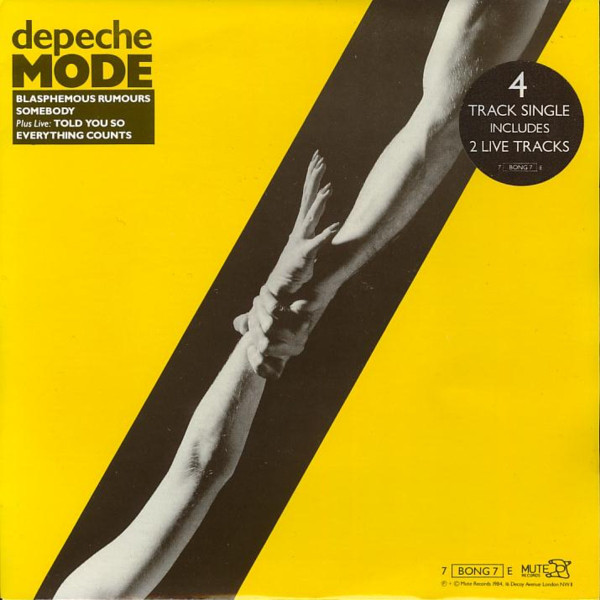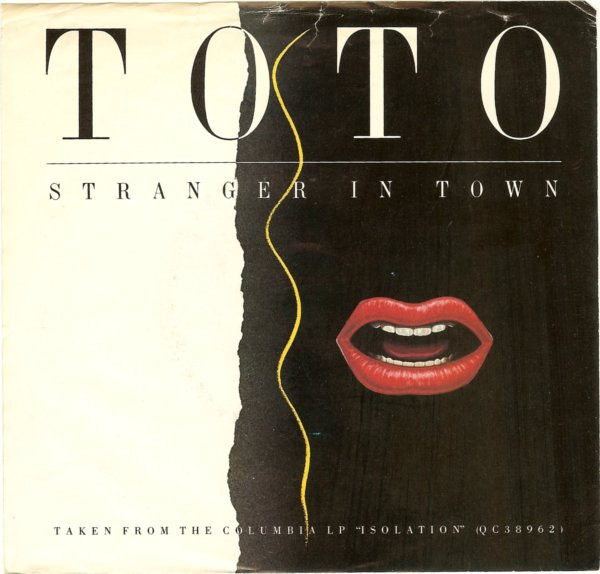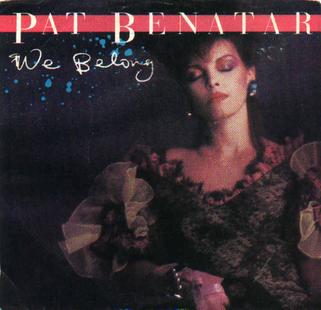 | SomebodyDepeche Mode |
Writer(s): Martin Gore (see lyrics here) Released: October 29, 1984 First Charted: November 10, 1984 Peak: 20 CO, 16 UK, 87 AU, 2 DF (Click for codes to charts.) Sales (in millions): -- Airplay/Streaming (in millions): -- radio, 10.3 video, -- streaming |
Awards:Click on award for more details. |
About the Song:Depeche Mode formed in Basildon, Essex, England, in 1980. They became one of the pivotal synth-pop acts of the 1980s, shaping new wave, college rock, and electronica. Their debut album, 1981’s Speak & Spell, was a top 10 in the UK – a feat matched by all fourteen of the band’s studio albums. They wouldn’t find similar success in the U.S. until 1990’s Violator. The band achieved its first chart success on the Billboard Hot 100 with “People Are People.” The #13 hit was from Depeche Mode’s fourth album, Some Great Reward. The song reached #4 in the UK and was followed up by “Master and Servant,” a #9 hit in the UK. Neither that single nor “Blasphemous Rumours” / “Somebody,” the double-A-sided third single, cracked the Billboard Hot 100. The decision to release the band’s first double-A-sided single grew from controversy around the song “Blasphemous Rumours.” The song was about a 16-year-old girl who attempts suicide, experiences a religious revival, and then ends up on life support after being hit by a car. The religious community weren’t enamored with the song and its lyrics that “God’s got a sick sense of humour.” WK “Somebody” was Martin Gore’s “first ever solo appearance” AMG on lead vocals, something which happened more often after this. He wrote the “painfully honest piece” AMG about “longing for someone to be with, someone that doesn’t have to agree with his views. She just needs to be there and understand him.” SF All Music Guide’s Dave Thompson called it “a cunning confection” that “was defiantly different from all that had come before” AMG citing the song’s “lack of effervenscent keyboards or opulent synths, the introspective atmosphere and the down-beat mileu.” AMG Instead, he was accompanied “only by his majestic piano playing.” AMG However, the song takes a twist at the end when he sings “Though things like this make me sick / In a case like this I’ll get away with it.” WK Resources:
Related Links:First posted 12/22/2022; last updated 12/29/2022. |












